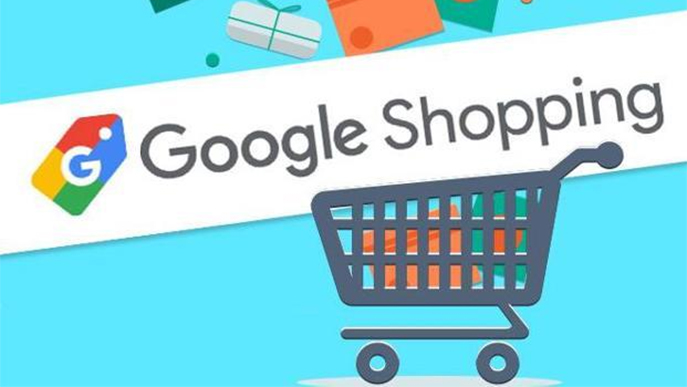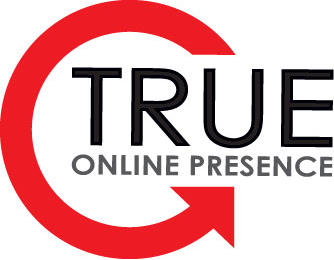
by asplichal | May 21, 2018 | Advanced Techniques, eCommerce, Google Shopping, Proper Maintenance
What do you think is worse? Taking a strong punch to the gut or receiving a thousand of paper cuts? Truth is that both are probably very painful in their own way. Similarly to a poorly optimized Google Shopping Campaign. Let me explain… When it comes to a poorly optimized Google Shopping Campaign, typically it […]

by asplichal | Feb 9, 2015 | eCommerce, Google Shopping, Starting With Basics
Google Shopping is by far the largest Comparison Shopping Engine aka CSE on the Internet. CSEs are used exclusively by ecommerce advertisers, not professional services advertisers. This is because Comparison Shopping Engines allow customers to compare the same product or type of products from multiple stores simultaneously. Although there are other Comparison Shopping Engines, many of […]


